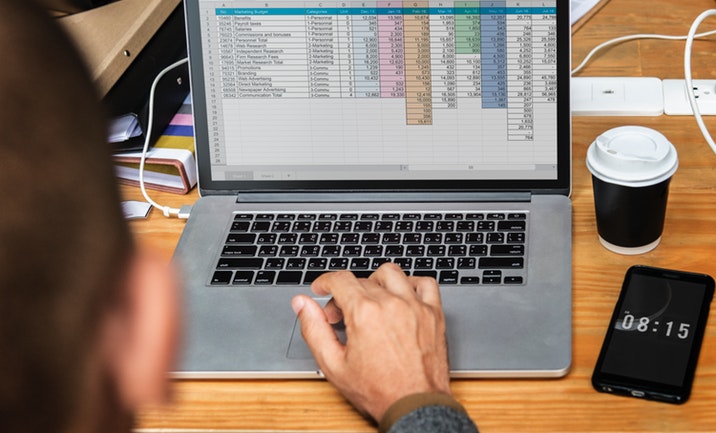Are you a data geek or Tableau enthusiast?
Have you struggled with deciding what color and graphs to use for your reports? Well here is an overview of color and the best visualizations of your data.
In displaying and communication of information, color dominates the perception of the end user. Human eyes are sensitive to color variations. A trained colorist can distinguish among one million different colors. While most color impacts the user in a positive light, there are 20 or so colors that produce negative impacts. The four ways to view color according to Tufte, a famous colorist. Color can used as label, to measure, to represent and to decorate. Color is always in three spaces, hue, saturation and value. The three main colors used on graphs are red, green and blue.
Types of Visuals Displays
Visualization of data can be approached in many ways. It can be studied in art school, computer graphics or data science. Visualization often shows problems within the data itself to become obvious. It can commonly reveals things not only about the data itself but about the way they are collected. The following are common ways in which data and information are often displayed.
- Physical
- Data in the real world
- 2D,3D
- Scatter plots and graphs
- Multidimensional
- Spatial and no structure
- Tree and Network
- Tree structures that used in thing like the internet for websites
Types of Graphs
Graphs provide powerful tools both for analyzing data and for communicating information. When an end user looks at a graph the information is visually decoded by their system. A graph that is successful only if a person decoding what it represents. No matter how pretty or advanced the graph may be, if it fails to show quickly what needs to be understood then the chart as failed.
Simple charts lie bar, pie and x-y plots re used to support different types of data.
Bar
- Bar charts are common method of displaying large data sets because they are intuitive and easy to understand. They require a high degree of data aggregation and show only a rather small number.
- While bar charts are useful they have limitations. If the user is interested in the relationship between product types, price, number of order and quantity ordered, bar charts make it difficult to see the relationship between all of these facets.
Line Charts
- Line charts are another common method of displaying data, they are best chart that represents time. It is easiest to spot trends over time. Furthermore, you can see peaks and valleys. The peaks and valleys can provide insight to data that might be needed to explore further. Finally two or more items are can be compared. This provide anecdotal evidence of a connection to the data points.
Scatter Plots
- Scatter plots aren’t used as frequently as the other two but they do serve a unique purpose for data visualization. Here are the pro and cons using a scatter plot.
- Pro
- Shows a relationship and a trend in the data
- All data points, including minimum and maximum and outliers.
- Can highlight correlations
- Exact data point
- Shows both positive and negative relations of the data
- Con
- Sometimes can show inclusive results and more information is needed
- Understanding can be subjective.
- Doesn’t show causation
- Data on both axes have to be continuous
- Only two variables can be shown
- Pro
Data Tools
There are several different data tools on the market including excel, Tableau, PowerBI and Qlikview.
Excel
The stable before Tableau, Power BI and etc were introduced was excel. It is great for calculations and offers a wide variety of graphs for the visual display of data. However, excel has limitations in its sorting capabilities and can be prone to errors. Excel can handle only one million rows of data and most companies databases are much larger than what excel is capable of. Furthermore, excel requires individual interaction. Excel doesn’t create detailed reports that are easily used and interpreted.
Tableau
Tableau has been the leader in the data visual industry. The company has invested heavily in building out their own SQL server language like Tableau SQL. It is the backend that performs the relationship behind the scenes. Tableau has the easiest user interface but in terms of data visualization but Qlikview is better in analytics.
Qlikview
Qlkview analytics software is flexible that it provides companies with guided courses to create charts that they need to get out of their data.
Conclusion
I hope this helps all the data geeks out there on which charts to use and what software tools are at your disposal. Once you implement these recommendation, I am sure you will see a large improvement in your skills and analysis.

